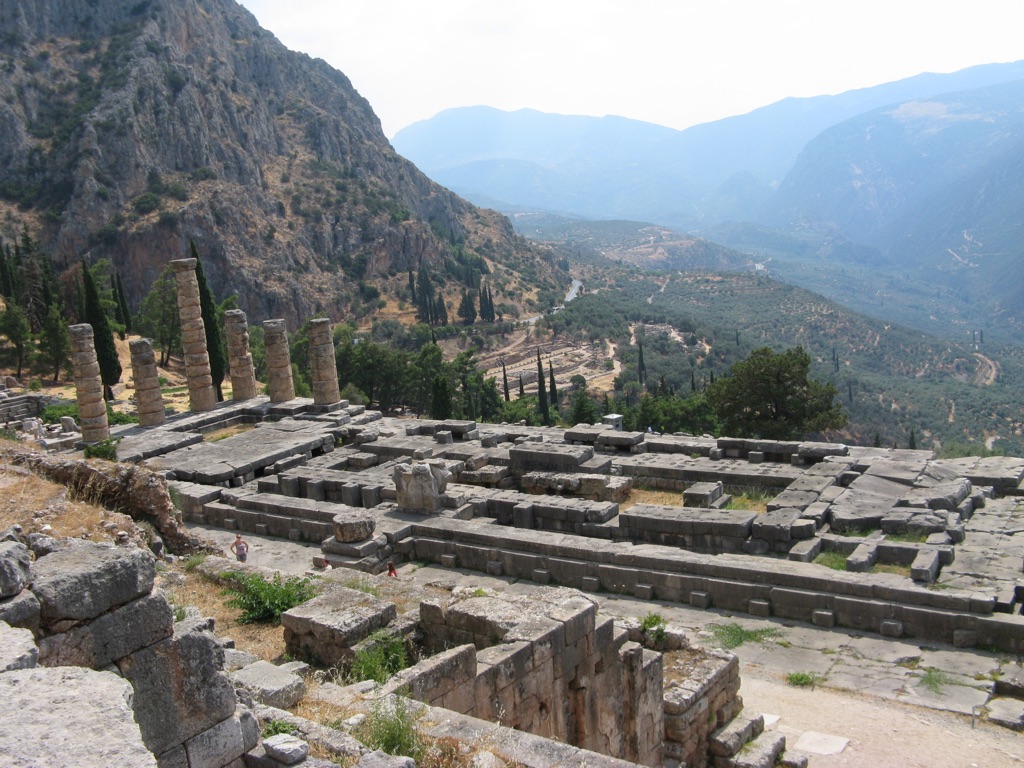Europe, a continent rich in history and culture, is dotted with ancient sites and historical places that tell the story of human civilization. From the sun-kissed ruins of Greece, where democracy was born, to the majestic Roman Colosseum that echoes the might of an empire, each site serves as a window into the past. The stone circles of the British Isles, mysterious and ancient, whisper tales of a prehistoric era, while the Gothic cathedrals of France and the medieval castles of Germany illustrate the architectural ingenuity of the Middle Ages. These historical treasures, whether they are UNESCO World Heritage Sites or lesser-known hidden gems, offer a fascinating glimpse into the diverse cultures, wars, innovations, and beliefs that have shaped Europe over thousands of years. Visiting these ancient sites and historical places is not just a journey through picturesque landscapes, but a voyage back in time, where one can walk in the footsteps of the ancients and marvel at the enduring legacy of human achievement.
Get your dose of History via Email
Colosseum, Rome
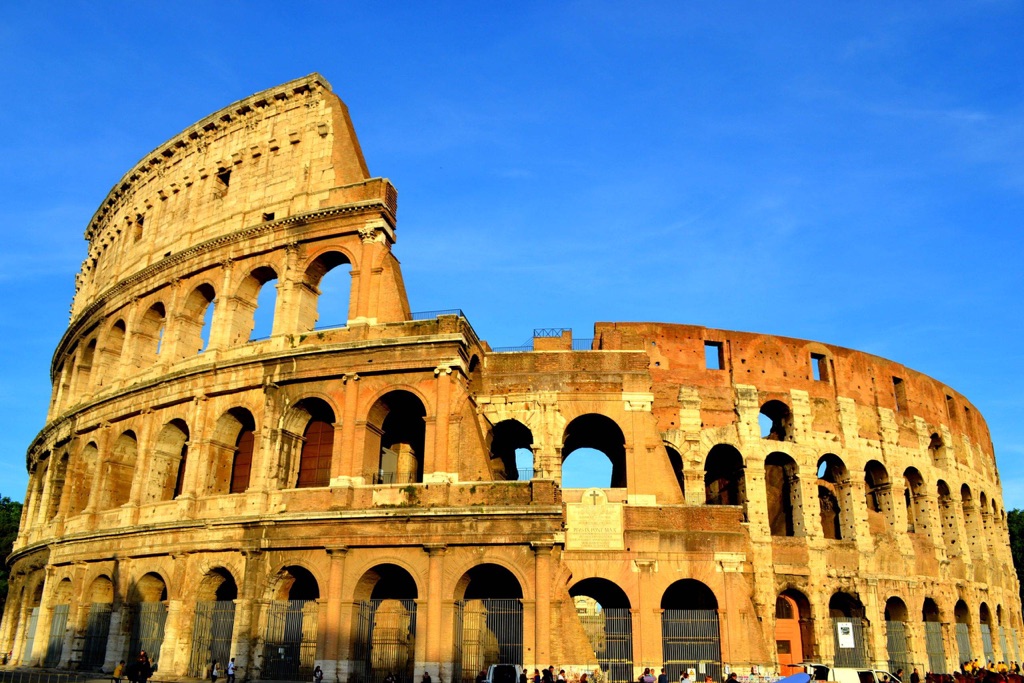
The Colosseum stands as a monumental symbol of ancient Roman engineering and gladiatorial combat. Built around 70-80 AD, it’s the largest amphitheater ever constructed. Its elliptical design was groundbreaking, allowing for up to 50,000 spectators. Visitors should come early or late in the day to avoid crowds. Entrance fees vary, with combined tickets available for nearby attractions.
Acropolis of Athens
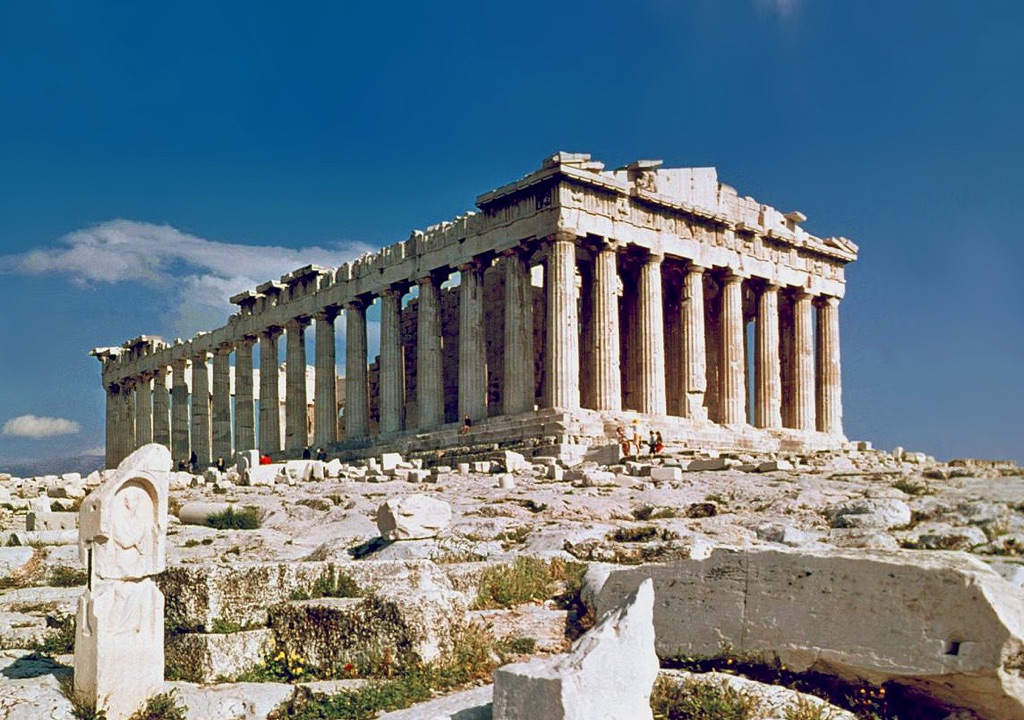
The Acropolis, perched above Athens, is a citadel of ancient Greek civilization, dating back to the 5th century BC. The Parthenon, its crowning glory, epitomizes Doric architecture. The best time to visit is during spring or autumn to avoid the heat. A standard entry ticket grants access to the whole site.
Stonehenge, England
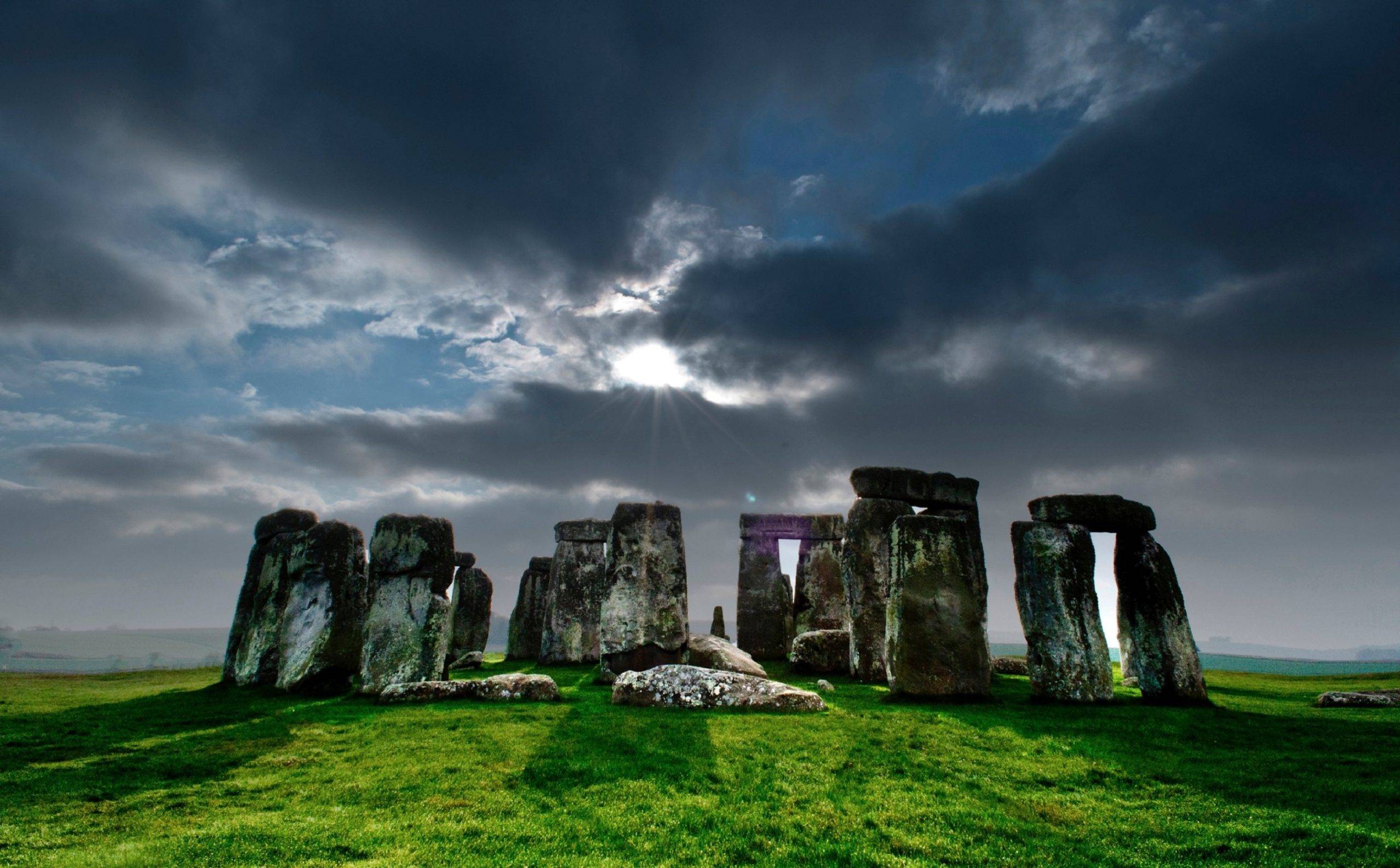
Stonehenge is a prehistoric marvel from around 3000-2000 BC. This circle of standing stones remains shrouded in mystery. Its alignment with the solstices suggests astronomical significance. Visit at dawn or dusk for a spectacular view. Tickets should be booked in advance, especially for the summer and winter solstice.
Pompeii, Italy
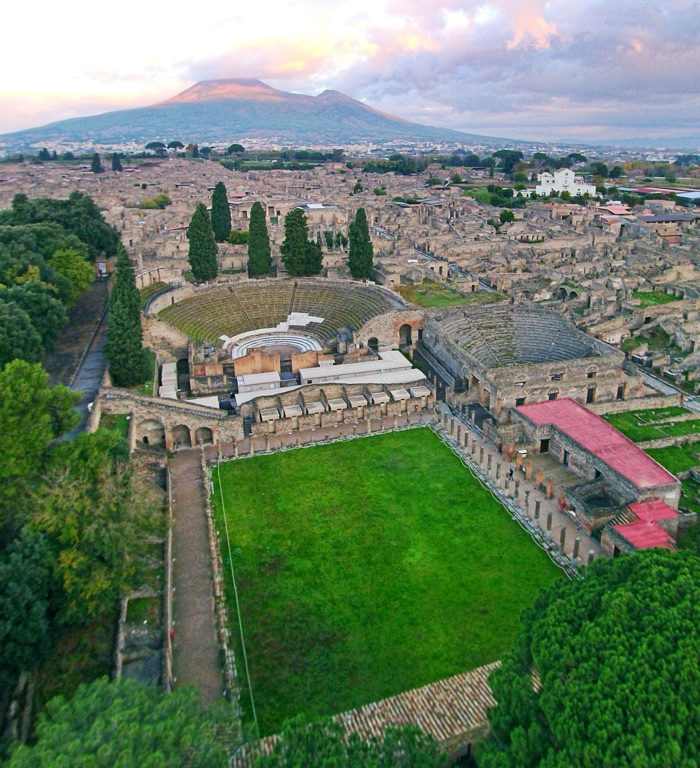
Pompeii offers a snapshot of Roman life frozen in time since the catastrophic eruption of Mount Vesuvius in 79 AD. The site features well-preserved homes, frescoes, and public baths. Early morning or late afternoon visits are best to beat the heat and crowds. Ticket prices include access to Herculaneum, another nearby ancient town.
Alhambra, Spain
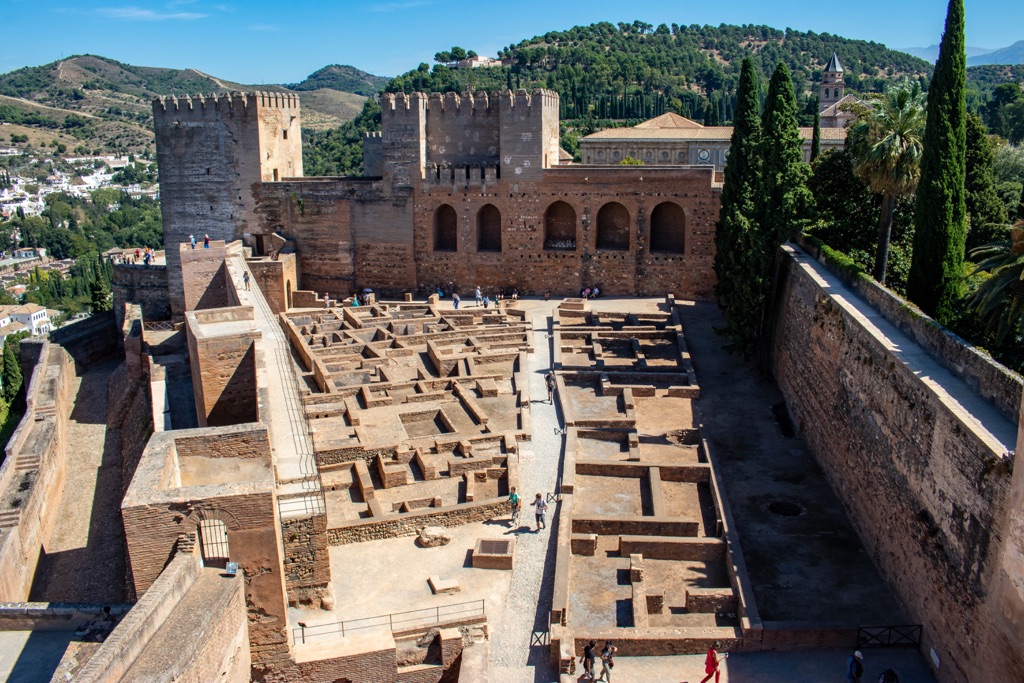
The Alhambra is a stunning example of Moorish architecture, built in the mid-13th century. Its intricate Islamic art and lush gardens are breathtaking. The Nasrid Palaces are a highlight. To ensure entry, book tickets well in advance, especially for the limited night visits, which offer a different perspective.
Château de Versailles, France
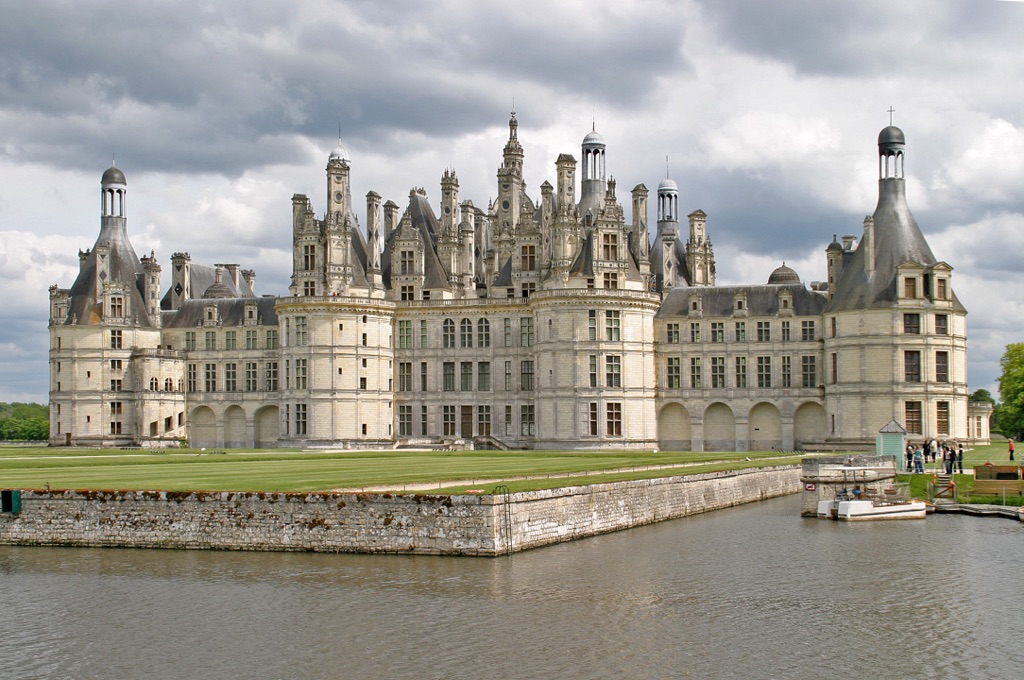
Versailles is a masterpiece of French Baroque architecture, established in the 17th century. The Hall of Mirrors and the extensive Gardens of Versailles are iconic. The best visiting times are weekdays during the off-peak season. An all-access passport ticket is recommended for a full experience.
Hadrian’s Wall, England
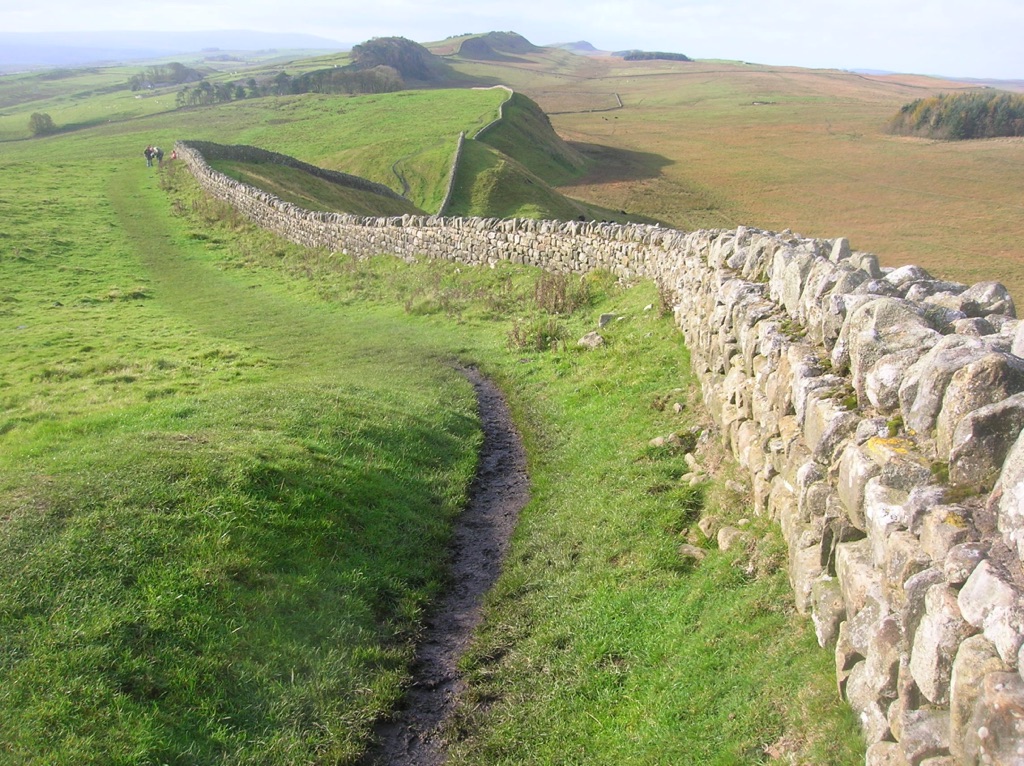
Hadrian’s Wall was a Roman defensive fortification from around 122 AD. It marked the northern limit of the Roman Empire. The wall’s remnants and forts, like Housesteads, are significant. Summer offers the best weather for exploring. An admission fee is charged for major sites, with passes available for multiple attractions.
Delphi, Greece
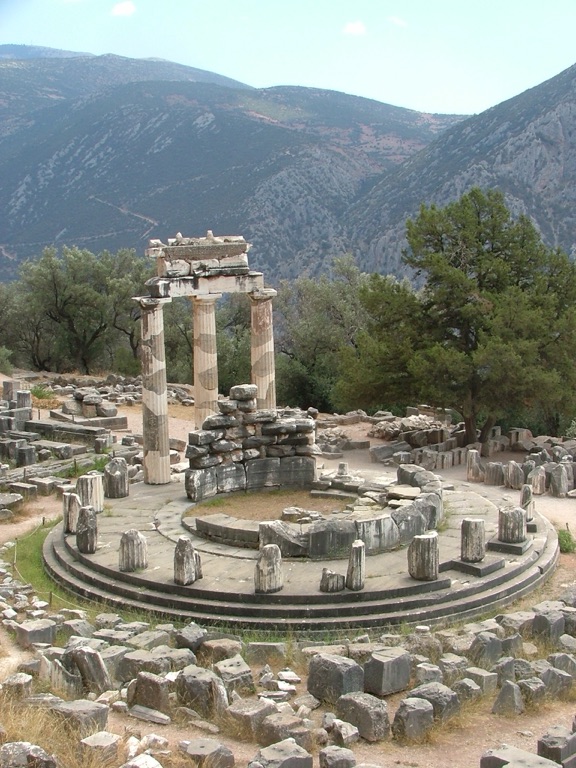
Delphi was the site of the Oracle and a major center for the worship of Apollo, dating back to the 4th century BC. The Temple of Apollo and the theater are highlights. Spring and fall offer pleasant weather for visits. There’s an entrance fee, with the option of a combined ticket for the museum.
Neuschwanstein Castle, Germany
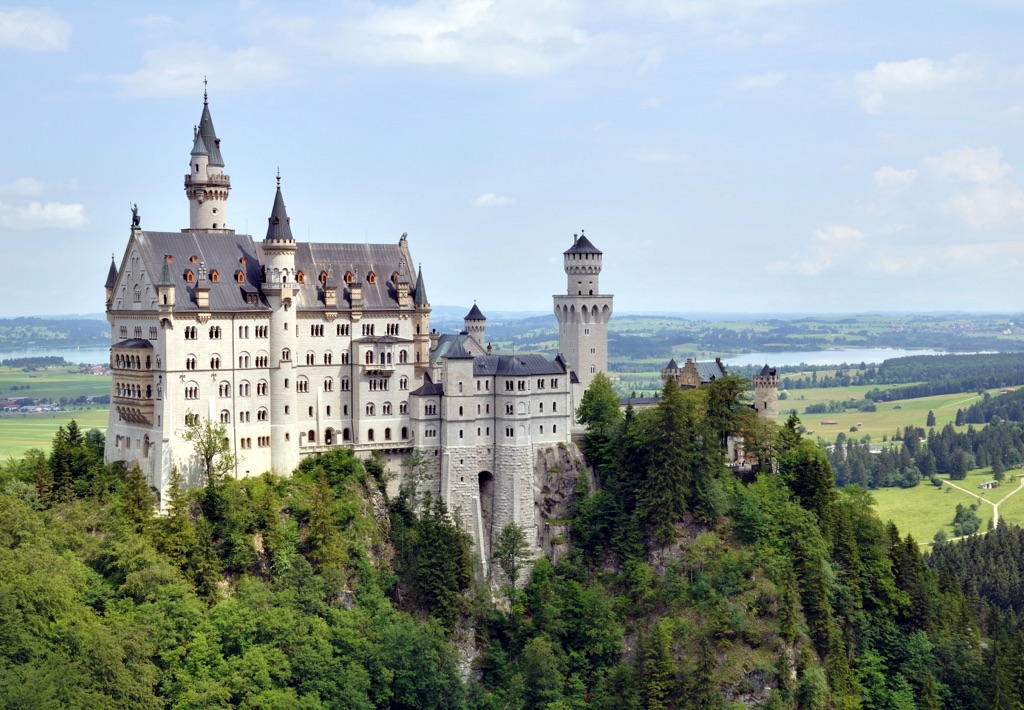
Neuschwanstein Castle is a 19th-century Romanesque Revival palace, perched on a rugged hill in Bavaria. It inspired Disney’s Sleeping Beauty Castle. The best time to visit is during the shoulder seasons. Timed entry tickets are essential to avoid long waits, and guided tours are mandatory.

